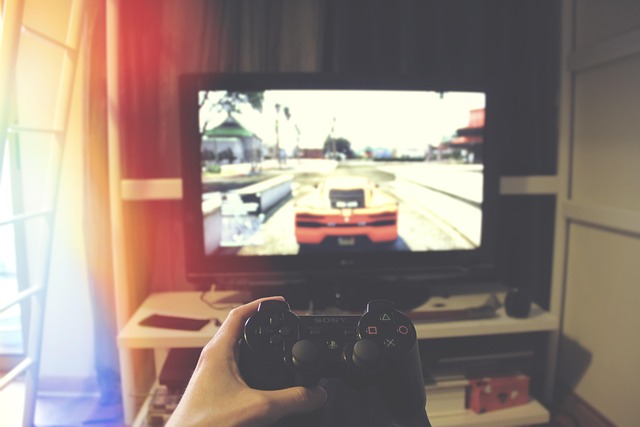
Bridging Worlds: The Rise of Controller Support in Modern Gaming Culture
The landscape of modern gaming has undergone revolutionary changes in recent years, not just in terms of visuals or gameplay mechanics but also in the broader realm of culture and entertainment. One of the most prominent trends that have captured the hearts of gamers is the rise of controller support. This shift is not merely about the choice of input devices; it signifies a broader inclusivity in gaming culture, allowing players from all walks of life to engage with games in more accessible and enjoyable ways.
Where once the mouse and keyboard were the unassailable kings of PC gaming, the introduction of controller support has crafted a new avenue for entertainment. As gaming evolves, we witness a blending of traditional barriers between platforms, with consoles and PCs now converging into shared spaces. This unification symbolizes a cultural shift that prioritizes player comfort and preference over rigid platform identities.
From indie titles to blockbuster franchises, the mention of controller support feels like a warm welcome. Gamers who may have struggled with complex keybindings can now pick up a controller, finding solace in the familiar grip of buttons and sticks. This has not only enhanced individual experiences but has also broadened the gaming community, inviting casual gamers and newcomers to join in. The joy of gaming is amplified when anyone, regardless of skill level, can join the fray without barriers.
The impact of controller support extends beyond just gameplay mechanics; it shapes the cultural narrative surrounding modern entertainment. Consider how many high-profile tournaments now allow players to choose their control method. This flexibility explains the rise in diverse competitive gaming fields, showcasing a cultural richness that reflects various gaming backgrounds and preferences. The tuning of mechanics to fit a variety of input devices demonstrates a shift in developers’ mindsets, embracing a broader audience and fostering communal ties among players.
Due to this evolution, streaming platforms and content creation have flourished alongside this newfound diversity in access. Streamers masterfully showcasing their skills wielding controllers not only highlight the effectiveness of this input method but also create unique pathways for storytelling through gameplay. The gaming community has steadily shifted towards narratives that celebrate unconventional paths, further enriching the culture.
Moreover, let’s talk about the emotional aspect of gaming. The immersive experience offered by modern titles, when combined with controller support, enhances gameplay on a level that resonates deeply. Picture yourself curled up on the couch, controller in hand, the screen illuminated as you delve into epic adventures or heartwarming stories. It’s a shared experience that transcends mere entertainment; it’s about the bonds formed over countless hours of gameplay, whether with friends or family. This shared joy is what solidifies gaming as a major pillar of modern culture.
We should also recognize the implications of controller support in making gaming more inclusive. As accessibility becomes increasingly paramount in all forms of entertainment, developers are making conscious efforts to include various control formats. This allows for universal enjoyment, welcoming those with differing physical capabilities. The gaming world is slowly but surely reshaping itself into a more inclusive community, ensuring that no player is left behind.
Ultimately, the rise of controller support embodies an exciting chapter in gaming culture. As we continue to bridge these worlds—of casual and competitive, of wow and wonder—we redefine what it means to enjoy video games in the modern age. In embracing controller support, we are embracing a more inclusive and diverse tomorrow, one in which every player can find their place within this vibrant digital tapestry.

